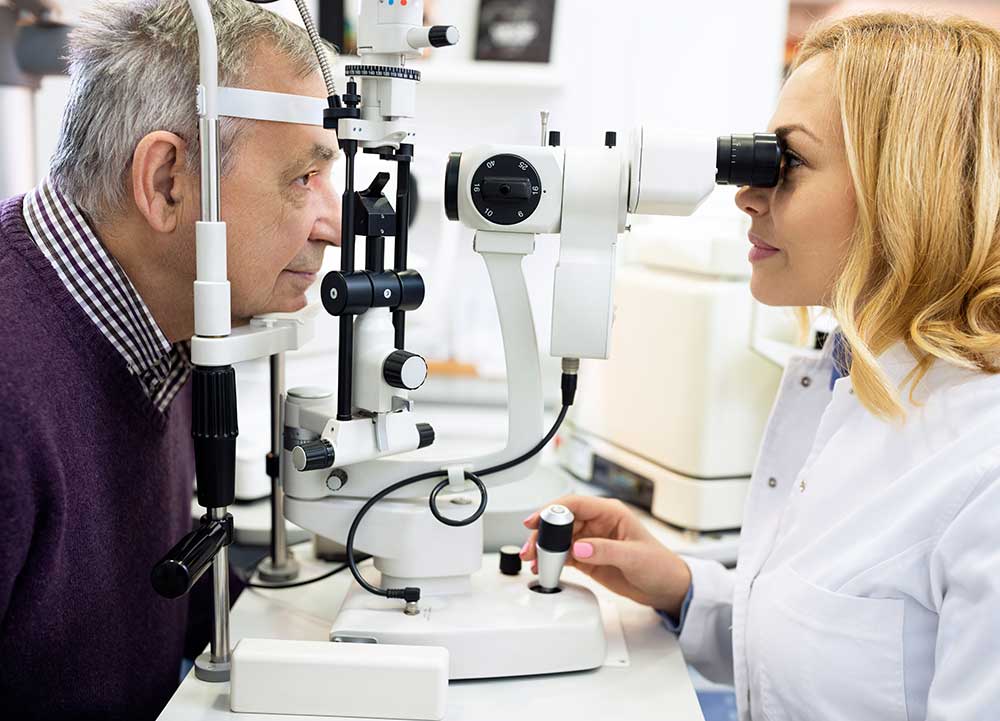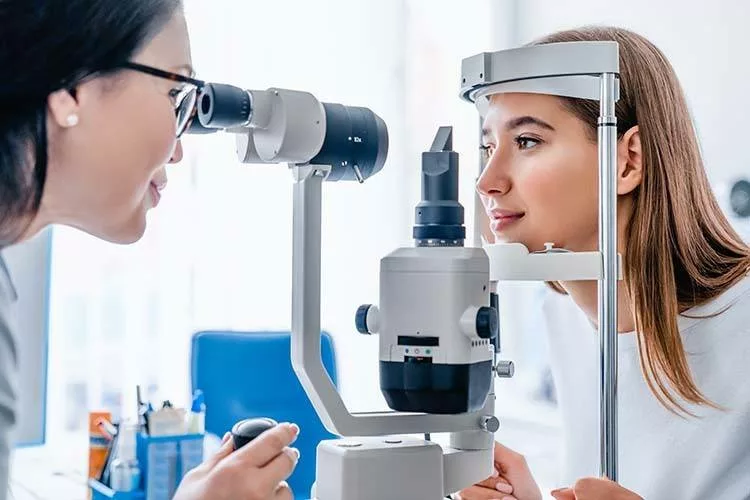Exactly How an Eye Doctor Can Change Your Vision Health in Chino
Exactly How an Eye Doctor Can Change Your Vision Health in Chino
Blog Article
Exploring the Most Recent Technical Developments in Optometry and What They Mean for Eye Doctors
In the ever-evolving field of optometry, current technological innovations are reshaping how practitioners come close to eye treatment. From the precision of Optical Coherence Tomography to the nuanced understandings used by AI-driven diagnostic devices, these advancements are establishing new criteria in person assessment and therapy. Teleoptometry is positioned to redefine availability, guaranteeing that proficiency transcends geographical constraints. As these developments penetrate the practice, eye doctors are confronted with the difficulty of accepting these devices to enhance person outcomes. The concern stays: just how will these technical shifts redefine the functions and responsibilities within the occupation?
Advancements in Diagnostic Tools
Progressing the field of optometry, advancements in analysis devices have changed the means eye treatment specialists assess and identify eye problems and visual impairments. The previous years has actually witnessed significant technological developments, enabling even more detailed and exact evaluations.
Another trick advancement is the introduction of advanced corneal topography systems, which map the surface curvature of the cornea with precision. These devices are particularly advantageous for fitting contact lenses and diagnosing corneal conditions. Furthermore, electronic retinal imaging has actually changed conventional ophthalmoscopy, supplying thorough, panoramic views of the retina that help with comprehensive aesthetic examinations.
The advancement of wavefront aberrometry has also been important, enabling the evaluation of refractive errors with unrivaled precision (Opticore Optometry). This technology helps in personalizing corrective lenses and enhancing surgical end results for refractive surgical treatments. Collectively, these analysis innovations empower eye doctors to deliver exceptional person care, guaranteeing very early treatment and customized therapy methods, inevitably improving visual wellness results
AI in Patient Monitoring
Structure on the structure of innovative analysis devices, the unification of fabricated intelligence (AI) in patient administration stands for a transformative leap for optometry. AI systems are progressively utilized to boost performance, accuracy, and personalization in person treatment.
Additionally, AI-driven platforms assist in structured client interactions and administrative processes. Automated scheduling, online assessments, and personalized follow-up plans not only improve individual contentment but likewise enhance time administration for specialists. These systems can triage people based upon the necessity of their problems, ensuring that those in essential demand obtain timely attention.
Moreover, AI boosts decision-making by giving optometrists with evidence-based referrals and treatment paths. By integrating information from electronic health and wellness records, AI devices use insights that educate scientific decisions, lowering the risk of mistakes and boosting person results. As AI remains to evolve, its function in individual management will likely expand, reshaping the landscape of optometric treatment.
Advancements in Retinal Imaging
In the world of optometry, retinal imaging has actually witnessed remarkable technical innovations that are enhancing diagnostic capacities and client care. Advancements such as Optical Comprehensibility Tomography (OCT) and fundus photography have changed just how optometrists imagine and analyze the retina.
Boosted imaging methods like OCT angiography are more refining analysis accuracy. Eye Doctor. Such advancements promote the recognition of minute retinal modifications that could represent illness progression.
Furthermore, advancements in synthetic knowledge are enhancing retinal imaging by making it possible for automatic evaluation of large datasets. These systems help optometrists in recognizing patterns a sign of pathology, therefore boosting analysis precision and performance. Collectively, these developments are changing retinal imaging into a keystone of contemporary eye treatment, improving results and broadening restorative opportunities.
Teleoptometry's Expanding Function
Teleoptometry is increasingly coming to be a crucial element of eye care, driven by improvements in electronic interaction and diagnostic tools. As optometry welcomes electronic change, teleoptometry helps with remote assessments, permitting optometrists to prolong their solutions beyond conventional limits. This is specifically useful in rural and underserved locations where access to specialized eye treatment is frequently limited. By leveraging high-resolution video conferencing and progressed retinal imaging, eye doctors can carry out thorough eye exams from afar, making sure prompt medical diagnosis and treatment.
The assimilation of expert system (AI) further improves teleoptometry, enabling the analysis of visual information and aiding in the detection of ocular conditions such as glaucoma and diabetic look at here person retinopathy. AI-powered formulas can swiftly translate complicated imaging information, providing eye doctors with beneficial understandings that boost professional decision-making.
Furthermore, teleoptometry sustains continuity of treatment via seamless integration with electronic health and wellness records (EHRs), permitting eye news doctors to preserve extensive client backgrounds. When seeking advice from with different practitioners., this guarantees that individuals get individualized and regular treatment even.
In spite of these benefits, difficulties continue to be, consisting of ensuring data security and handling individual expectations. However, teleoptometry stands for a substantial stride towards more available, reliable, and patient-centered eye treatment. As innovation evolves, its duty is positioned to increase even more.

Future Patterns in Eye Treatment
A myriad of ingenious fads is established to improve the future of eye care, driven by technical advancements and the advancing demands of patients. One substantial fad is the assimilation of expert system (AI) in diagnostics, which promises to enhance the precision and effectiveness of eye examinations. AI formulas can examine substantial amounts of data from retinal photos, potentially finding conditions like diabetic person retinopathy and glaucoma earlier than traditional techniques.
Moreover, tailored medicine is obtaining traction in optometry, with hereditary testing notifying tailored treatment strategies. This technique intends to maximize individual outcomes by tailoring treatments to specific genetic profiles. Wearable innovation, such as smart call lenses, is additionally on the horizon, providing real-time surveillance of intraocular pressure or glucose degrees, hence offering continuous understandings into systemic and ocular wellness.
The fostering of enhanced reality (AR) and virtual fact (VIRTUAL REALITY) in training and person education and learning is another emerging fad. These innovations use immersive experiences that can enhance understanding and abilities both for patients and optometrists. As these trends evolve, optometrists should stay abreast of technological improvements to supply sophisticated treatment, making certain enhanced individual outcomes and satisfaction in the vibrant landscape of eye treatment.
Conclusion

Collectively, these analysis innovations empower eye doctors to supply exceptional patient treatment, ensuring early treatment and customized treatment approaches, ultimately boosting aesthetic health and wellness end results.

As these innovations proceed to develop, optometrists need to adjust and incorporate them right into practice, eventually optimizing process efficiency and boosting the standard of eye treatment delivered to individuals.
Report this page